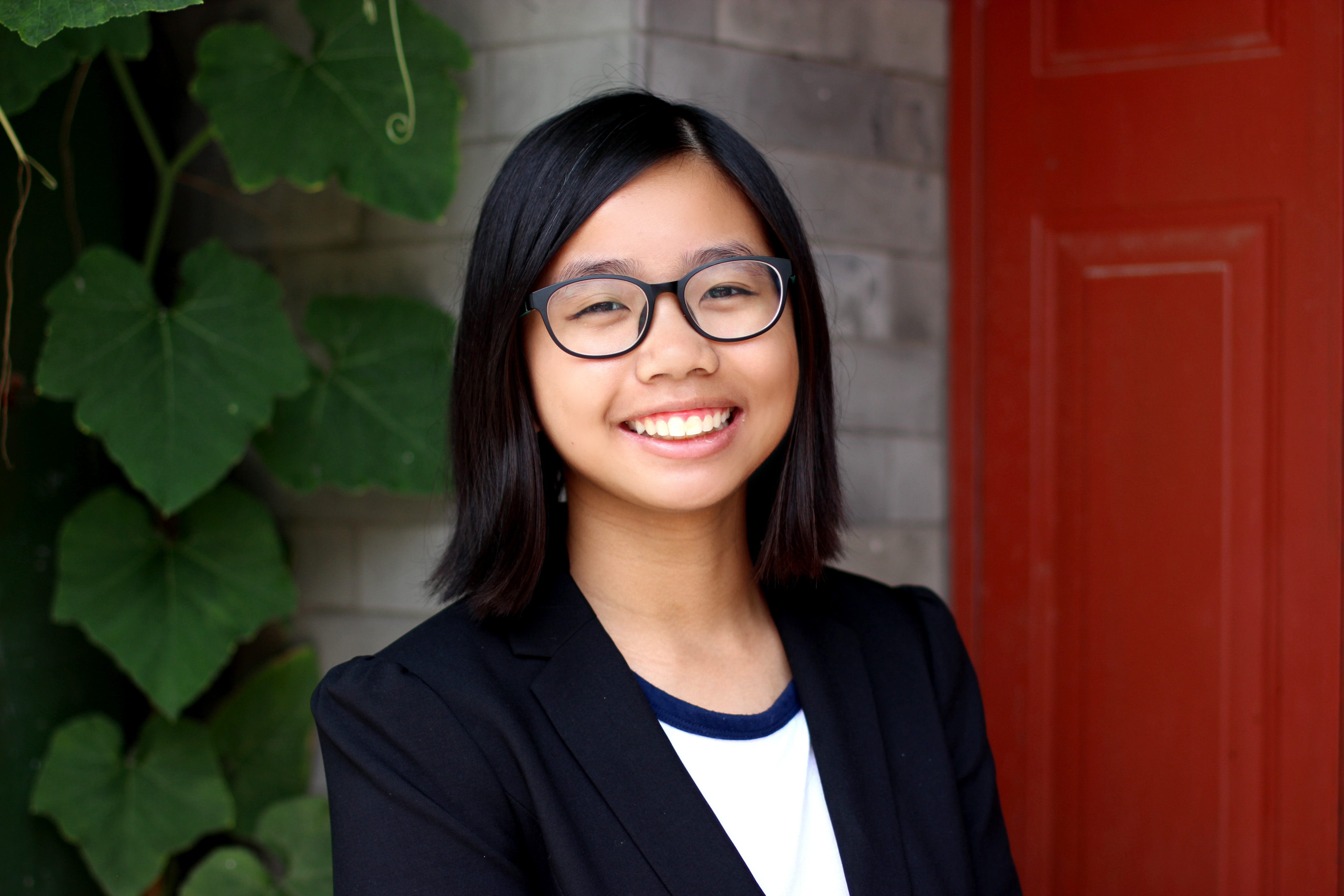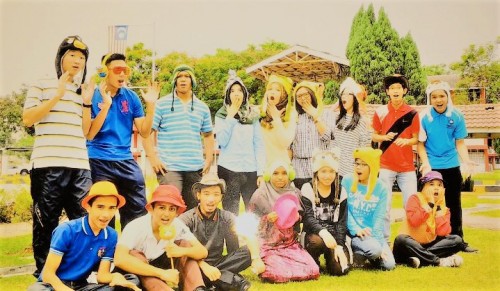Meet Jia Wei, Project Pengyou Summer Intern

Chinese Malaysian or Malaysian Chinese?
This was the first question I had to ask myself when I was filling out my application to study abroad in the United States. In Malaysia, I never had to explain what I was – I was obviously Malaysian, and even more obviously Orang Cina (华侨,ethnic Chinese). So to give admissions officers context, I had to venture to the unknown world of identity.
Think bluish green VS. greenish blue. Bluish green is green with a tendency towards blue; greenish blue is the opposite. Basically the question was: Do I identify as Malaysian or Chinese first?
To answer that question, I had to retrace my footsteps and examine my thought process throughout my initial stages of growth.
Stuck in the Malaysian Chinese Bubble
My grandparents immigrated from Fujian, China to Malaysia back in the 1950s, a short while before Malaysia achieved independence on August 31st, 1957. I was born in Penang and brought up in a largely homogenous environment of Chinese Malaysians. At Chinese primary school (小学), I learned all core subjects in Mandarin; at home, I spoke to my family in Mandarin. To 12-year-old me, a Chinese Malaysia was the whole of Malaysia.

Stuck in this Chinese bubble, taking Mandarin for granted, I waltzed into my first class in secondary school (中学) expecting to be greeted by Chinese characters in every textbook… only to find that in the SPM (Malaysian Certificate of Education), out of ten subjects, the only exam in Mandarin was… Mandarin. And it wasn’t even a core class.
That’s when the bubble popped.
I may have been in a Chinese secondary school, but study materials for core subjects were in Malay, and for Science and Mathematics, English. Where did Mandarin go?
I set to understand why Malay was so important, soon realizing the simple fact that I was Malaysian and Malay was the national language.
Well, DUH, right?
As I progressed through secondary school and had the opportunity to participate in state and national level competitions, I was exposed to other communities – students of different races but the same nationality. Many could not speak Mandarin. I gradually came to realize how important a common language was to promote cross-cultural understanding. However, despite the internal realization, I remained within my comfort zone and conversed with non-Chinese students in English, my second best language.
Yet not long after, I was forced out of that comfort zone and thrown into unfamiliar territory.
Stranger in my Own Country
Lucky enough to be awarded a scholarship by the Public Services Department (JPA) to study in INTEC Education College, I packed my bags, threw on the first baju kurung (a traditional Malay costume) of my life, and embarked on a six-hour journey to Shah Alam, Selangor.
Shah Alam’s ethnic Chinese make up only approximately 15.3% of the demographic. Majority of the population were bumiputera (Malay or indigenous) and conversed mainly in Malay – the language I’ve always struggled with and never reached verbal proficiency despite having spent more than a decade learning it at school.
Yet worry was not on my mind.
My sponsor chose me for a reason. I had decent enough Malay – how else could I have passed the interview partially conducted in Malay?
I got this.
… Except I didn’t.
I could barely understand what was going on during orientation. Every word and every sentence around me either sounded like rapidfire or muffled and interconnected to the point I couldn’t comprehend the meaning. What’s more, they often used short forms of words and slang that I never learned from textbooks.
I felt like a stranger in my own country.
Needless to say, I spent my first few nights crying in the corner of my room, wondering what was wrong with me. I wondered how even though I could present my ideas in Malay, I couldn’t connect and converse. Classes were another punch in the gut. I had only ever learned the sciences in English, yet in Math and Physics classes, the professors taught in (to me, rapidfire) Malay. I would stare at the slides, at a total loss.
Stress. Confusion. Desperation. Loneliness. Sadness. Disappointment. Negative emotions kept piling up.
Learning to Adapt

I couldn’t continue like that. I was sponsored to learn and soar, not to flop and slump.
Adaptation was a slow and grueling process. Had I not found great friends in the kindest and most hardworking of souls, I would probably have taken even longer. When I was sick, my suitemate, Alice, gave me medicine. When I felt lost and couldn’t follow conversations, I asked my friends, who always patiently explained to me what I didn’t understand. When I was wallowing in self-pity, one glance at my friends diligently studying would shame me out of my pessimism and into action. Additionally, talking to seniors within the same program who had “been there, done that”, seeing the bright smiles on their faces, assured me that the future was nothing but bright.
This experience was what prepared me for studying in America, and what made me passionate about intercultural and international exchange. I knew what cultural immersion on a small scale was like, and I was ready for thousandfold amplification.
America brought me to China


In America, I introduce myself as follows: “My name is Jia Wei, and I’m a Malaysian.”
It was a conscious decision. In spite of the knowledge that many of my friends take on an English name when they go overseas, I adamantly refused – because my name is part of my identity.
My current sponsor for my studies in the U.S., Petronas, loved to tell us that we were “little ambassadors of Malaysia”, and I loved that idea. At the University of Pennsylvania, I expanded my love to the entirety of East Asia, and got involved in ways I could learn more – Penn Lions (a Chinese Lion Dance troupe), Wharton Asia Exchange, and the Intercultural Leadership Program, among others. I even plan to minor in East Asian Area Studies or Languages and Civilizations.
My passions ultimately led me here, in a cozy Hutong office in Beijing, China.
When I found out about Penn’s International Internship Program, I was ecstatic. Scrolling through the organizations on the webpage, Project Pengyou immediately caught my eye – in particular, the phrase “U.S.-China bridge-building” in the excerpt. I had immensely enjoyed being a bridge-builder of sorts during my freshman year – introducing the Malaysian traditional game called Batu Seremban to students at Penn, for example, built a tiny bridge between Malaysia and the U.S..
Here at Project Pengyou, I learn more and more about China and its relationship with the world, particularly the United States. Here in Beijing, I visit heritage sites that I’ve only ever dreamed of stepping foot in. Here, I sit and write a story about myself.
I love my Chinese heritage, but I am Malaysian first.
My name is Jia Wei, and I am a Chinese Malaysian.